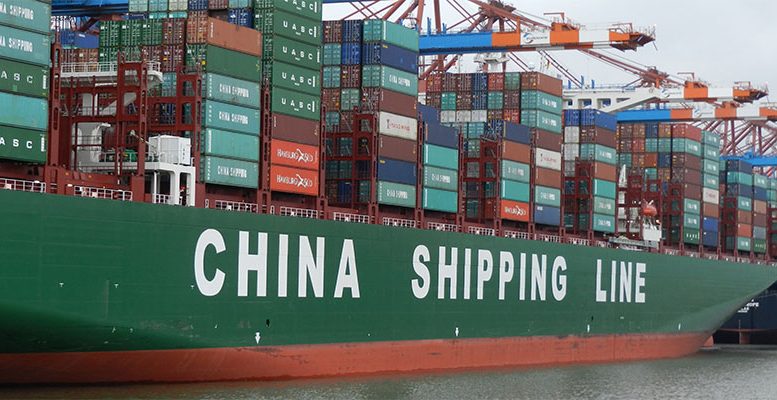Alicia García Herrero (Natixis) | Since the trade war, and in particular after the imposition of US tariffs on China’s electric vehicles and solar panels, market observers have been speculating whether the PBoC will allow further depreciation of the yuan to counteract the impact. The latest RMB movement seems to indicate that this is the case, but the actual situation is more complex than it appears at first glance.
The experience of recent years shows that China’s exchange rate has been largely driven by capital flows rather than by international trade market. Global financial investors have been reducing their exposure to China in response to the negative yield differential between China and the US. They have also priced in more of China’s growth risks, i.e., to what extent the property market crisis will translate to the other sectors and the ongoing geopolitical tension, which has not been positive for equities overall.
Consequently, China’s RMB has been feeling persistent downward pressure. From Q1 2022 to Q1 2024, China’s real effective exchange rate has decreased by nearly 14%. This move has been coupled with a resilient trade surplus which has increased by more than 18%.
Because of the financial market pressure, the PBoC has also viewed its currency as not only a tool to serve the country’s trade objective, but more of a broad indicator for economy and financial stability. In fact, the PBoC has tried many times to tame the volatility of the RMB to calm down the market but allowing for the depreciation trend to continue.
Overall, it seems increasingly clear that geopolitical tensions will not stop at tariffs and that currency may start playing into the equation, especially if capital outflows from China widen. The irony of this is that China’s external imbalance – a large trade surplus – may only become bigger.
Financial outflow-driven RMB will not help correct China’s external imbalance





